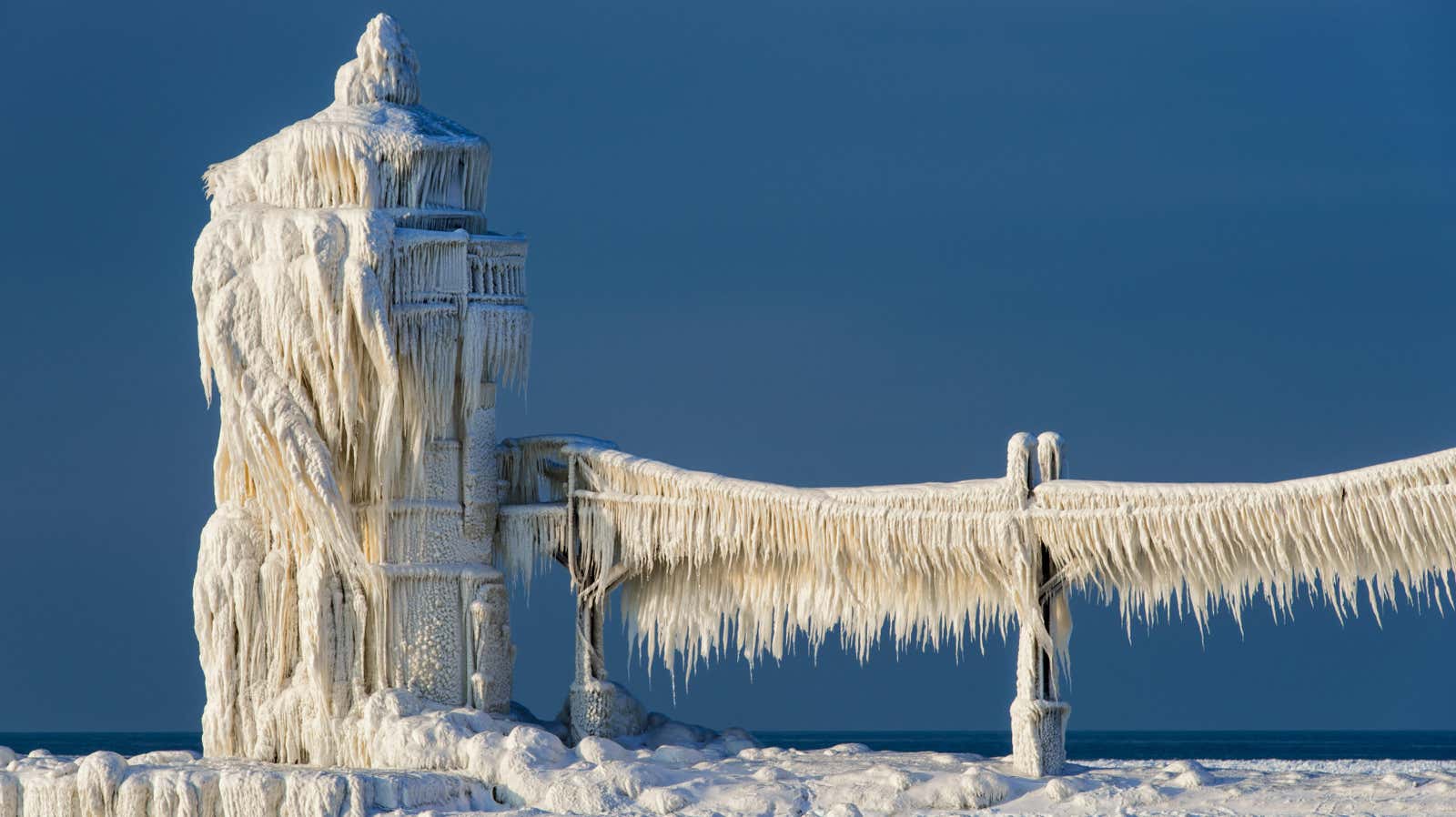How to Measure Ice Accumulation (Because It Is Different From Snow)

Last week, Winter Storm Landon slowly spread across the country, causing low temperatures, heavy snowfalls and slippery roads. And thanks to the freezing rain that came along with the snow, weather reports included summary data on the accumulation of not only snow, but also ice.
While measuring snow thickness is relatively easy, keeping track of how much ice covers the surface is more difficult. Here’s what you need to know.
What is ice accumulation?
Typically, when people talk about ice accumulation, they are referring to ice that has formed as a result of freezing rain and/or sleet, not ice that thickens as the surrounding snow melts and then refreezes. Accumulations of ice more than 1/4 inch thick are a concern, according to the National Weather Service (NWS), as it is enough to blow away trees and utilities (causing power outages) and make walking and driving dangerous.
Why is it harder to accurately measure ice accumulation?
Basically, it comes down to the fact that freezing rain is tricky . This is because it falls as a liquid, but then freezes as soon as it comes into contact with the ground or other surface, forming an icy glaze.
But this glaze doesn’t coat surfaces evenly due to wind and gravity, causing rain to hit the underside of the object before freezing, NWS explains . This means that one side will have a thicker ice cover than the other, making it difficult to measure accumulation.
How to Measure Ice Accumulation
Here is the method NWS suggests for measuring ice buildup at home with a ruler:
- Find an object covered in ice and standing in an open area (for example, a small tree branch in the middle of the yard).
- Position yourself so that you can see both the thickest and thinnest parts of the ice covering the object from one side to the other.
- With a ruler, measure the thickest part of the ice from the edge of the object to the edge of the ice. Write this value down (on your phone, on a piece of paper, etc.).
- Then measure the thinnest part of the ice in the same way (from the edge of the object to the edge of the ice) and record the result.
- Add the two measurements together and then divide by two to get the estimated total ice accumulation.
And this goes without saying, but please be careful when moving through the area covered with ice.